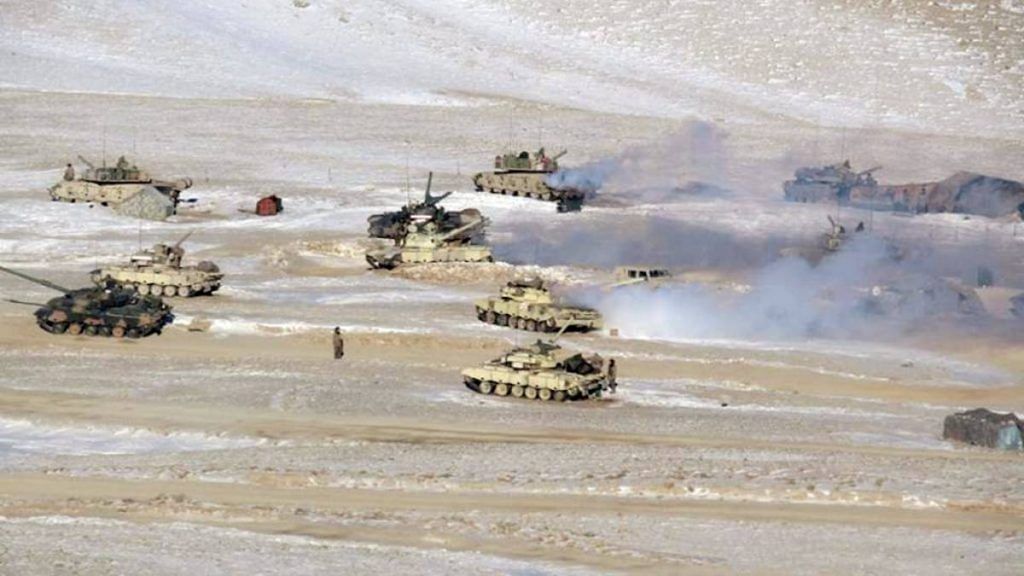New Delhi: Five months after claiming that four of its soldiers were killed in clashes with Indian troops in June last year, China has now revised the toll to five.
Giving fresh details of the Galwan Valley clash, China’s state-run Xinhua news agency reported Monday that “several soldiers were besieged including regimental commander Qi Fabao”.
The report, which was quoted by Global Times, focussed on “details of how Chinese officers and soldiers sacrificed their lives in the Galwan Valley clash in 2020, including martyr Chen Hongjun”.
It said that 33-year-old Chen Hongjun, a Battalion Commander, sacrificed his life to the “frontline defense confrontation with India in the Galwan Valley in June 2020, along with other four of his comrades-in-arms, who had stationed in the Karakoram Mountains with the People’s Liberation Army (PLA) Xinjiang Military Command.”
A Battalion Commander in China is the same rank as the Commanding Officer of a Battalion in the Indian Army.
Different estimates from China
In February this year, China had admitted for the first time that four PLA soldiers were killed in the clash.
This admission came at a time when India and China were disengaging from the southern and northern banks of Pangong Tso.
However, Indian defence and security sources believed the toll was much higher than what China had officially claimed. This was because during various levels of talks with India, Chinese officials have — unofficially — given contradictory figures for their Galwan clash casualties, as reported by ThePrint.
The figures, shared informally, especially in breaktime conversations during dialogue sessions, varied from five to 14.
ThePrint had also reported that contrary to the perception that the Indian side was outnumbered by the PLA in the Galwan Valley, it was the Chinese that faced the brunt and they had to call in reinforcements, which came at night.
This is something that the fresh reports by the Chinese media have also reported.
Focusing on Chen Hongjun, the report said, “during the battle, when regimental commander Qi Fabao was besieged by Indian troops at the vanguard, Chen Hongjun took two other soldiers and rushed forward against the stones that were being hurled and the blows from sticks wielded by Indian troops. Using his body as a shield, Chen rescued Qi.
As he saw several soldiers were besieged by the Indian troops, Chen Hongjun, once again, turned around without hesitation and led the soldiers to charge again at the battleground”.
India had lost 20 soldiers in the clash.
While some of the deaths were the result of the clashes, a large number of soldiers died of hypothermia after falling into the cold waters of the river.
Also read: No fresh clash between Indian and Chinese troops in eastern Ladakh, Army says
